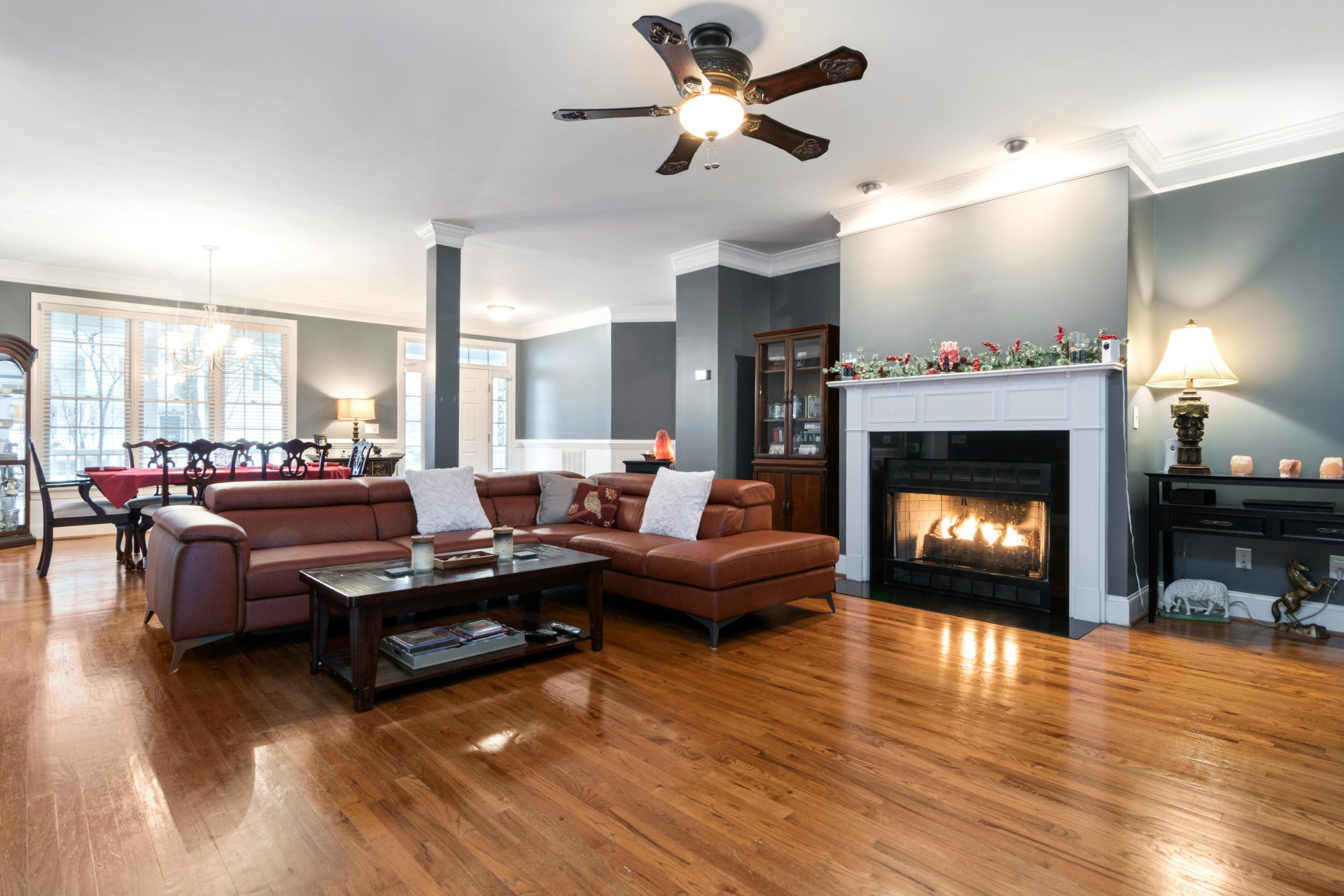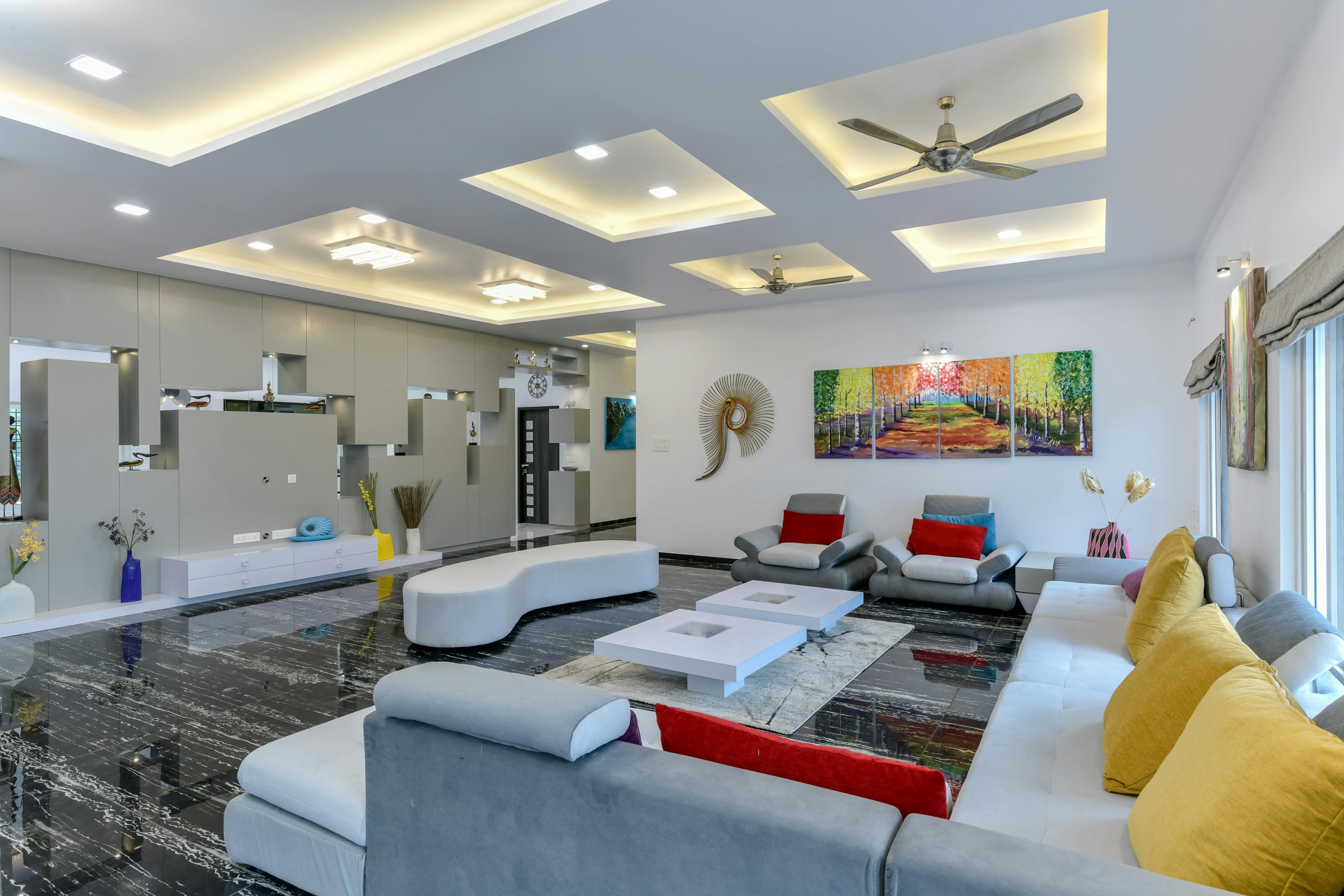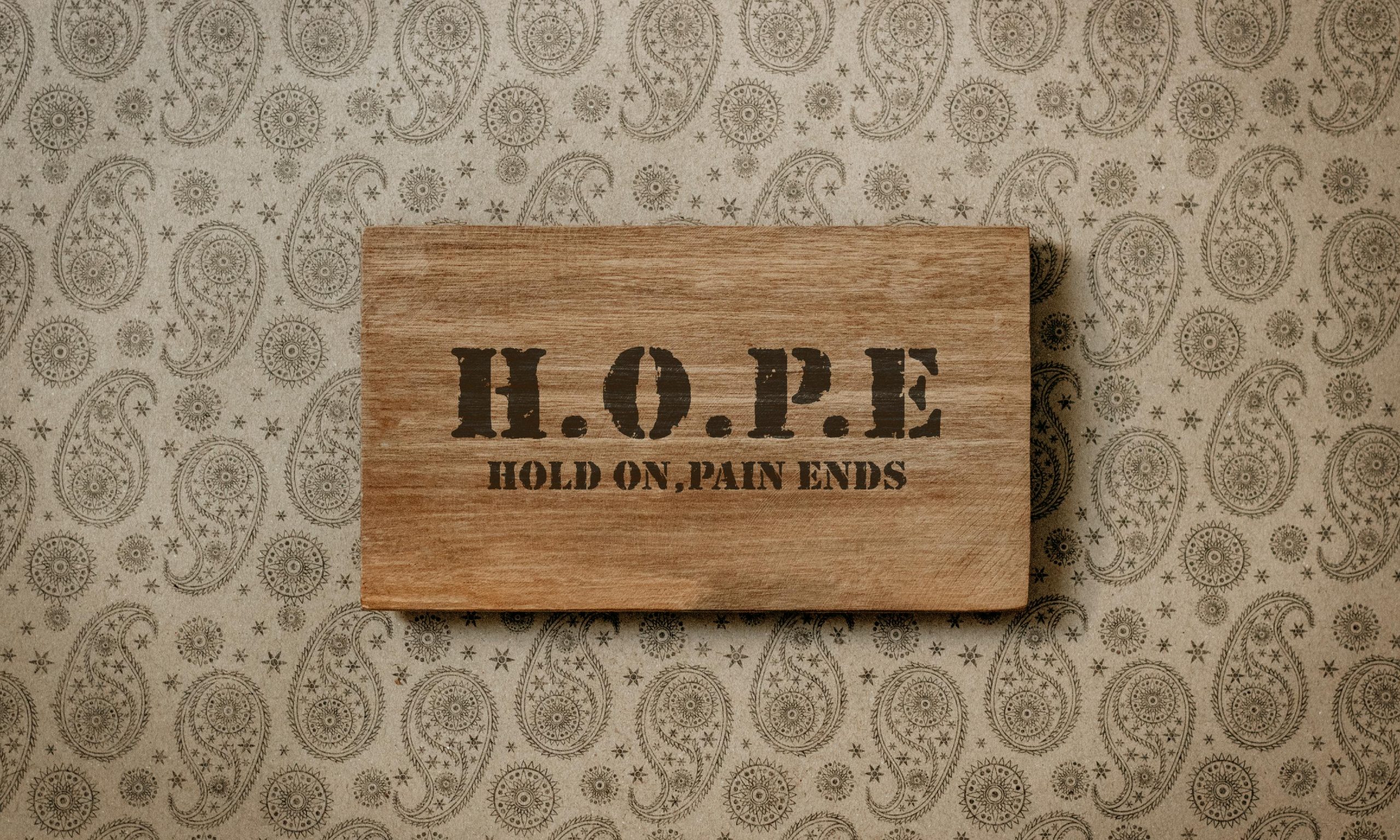The Art of Textures in Interior Design
These days, people take interior design very seriously. Whether they’re remodelling their homes or building from scratch, they ensure every nook and corner is tastefully done. When it comes to home décor and interiors, we only think about layout, colour and furniture. An often overlooked but crucial aspect of interior design is texture. It’s one element that can transform a space completely. For example, even if a room is flat and two-dimensional, with the right textures, it can be converted into a dynamic, three-dimensional space. However, adding textures is an art. When you seamlessly blend myriad textures together it enhances the overall aesthetic and provides a one-of-a-kind sensory experience that is luxurious.
Importance of Texture in Interior Design
Texture influences how we perceive a space. It creates a tactile and visual sensation in a space. For instance, a rough surface and a satin cushion cover will evoke two different sensory experiences. While texture adds depth and interest to interior design, it also enhances the mood and emotional appeal. There are two types of textures – tactile texture and visual texture.
The former refers to something we can physically touch. It can literally be anything – from the roughness of a wall to the smoothness of a fabric, tactile sensation is all about how our fingers feel when we run them through anything. Textures evoke a feeling of comfort and also make a space inviting.
On the other hand, visual texture is an illusion. It is the appearance of a surface even though it cannot be felt. It can create an illusion of depth, style and visual appeal. For example, a painted mural, marble-textured wallpaper or faux fur rug.
Understanding textures is not as easy as it seems. It’s always better to seek the help of an experienced interior designer, someone who has completed a decoration design course.
Use texture in interior design for the following four reasons:
- Enhances the perception of a space
- Adds visual appeal and depth to a monotonous and boring room
- Creates a specific ambience you have in mind – for example, you can blend stone and wood to create a rustic feel while shiny and polished textures add a touch of elegance and create a luxurious look.
- Adds comfort and functionality. When you think of comfort, think of soft surfaces. It can surely make a room more inviting and functional.
Tips to Incorporate Texture in your Home Interior Design
Now that you’re aware about how important texture is in interior design, let’s look at a few ways you can incorporate it in your home:
Layering Textures
Another way to elevate the design of your room or living room is by layering textures. It’s all about using multiple textures and fabrics. Don’t solely rely on just one source of texture. You can start with foundational textures. When you’re choosing paint finishes, you can choose between matte or gloss. You can even opt for wallpaper to accentuate the look of a bare wall. In terms of flooring, choose the material based on the purpose of the room. Always remember, in texturing, different rooms call for different moods. Hardwood is great for a bedroom while marble/granite is ideal for a living room. Compliment it with a soft rug and you will receive a plush area. To achieve tactile contrast, leather or velvet sofas also look great.
On the other hand, for the kitchen or bathroom where functionality reigns, opt for durable surfaces which can withstand heavy use and contribute to a modern, sleek and clean aesthetic.
Mix and Match
This blog is all about mixing and matching various textures to achieve a look. If you have a certain idea in mind, go for it. Don’t shy away from pairing various textures together. For example, smooth and rough go together as much as gloss and matte. If the colour palette of a room in your home consists of similar shades, you can interrupt the consistency by mixing and matching textures. You can match your sofa cushions with your drapes or if you’ve chosen linen for your couch, add silk cushions for a touch of richness. You can even place a statement rug so that the attention of your guests goes to it as they enter.
Play with Textured Home Décor
If you’re someone who is sprucing up their home, you can play with textures by elevating your home décor. It’s an easy and affordable way to add texture to your home. A few home décor accessories that look great are ornaments, vases, mirrors, statement showpieces, mirrors and sculptures. Don’t add too many textures together. The idea is to create a cohesive harmony not a clutter. You can even decorate with plants and flowers in varying textures.
Conclusion
It is quite evident that texture is a powerful tool in interior design. Remember, home décor is not just about how a space looks but how it feels too. Adding texture contributes to the overall design aesthetic. The interplay of smooth and rough, soft and hard, and glossy and matte create a sensory experience like none other.
If you’re someone who is planning to embark on a journey of interior design, you should do a BSc in Interior Designing course from Vogue. Students will learn in-depth about construction and detailing, interior space planning, project management, landscaping and computer aided design.




